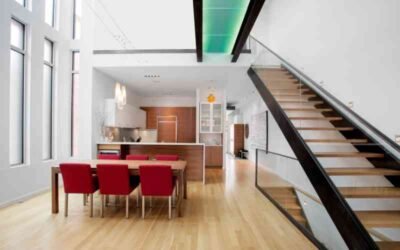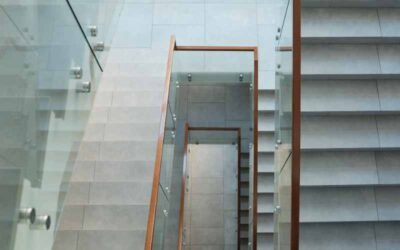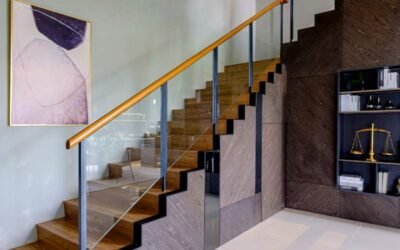“Every heritage staircase tells a story of craftsmanship, of design trends, of the people who built and walked it decades ago.” In Melbourne alone, over 20,000 homes are heritage-listed, many featuring ornate staircases that are the heartbeat of their interiors. But homeowners have a hard choice to make when it comes to keeping these beautiful buildings: should they keep the original staircase or replace it completely?
You’re not the only one who is a homeowner or builder in Melbourne who is dealing with this problem. Heritage overlay restraints, council requirements, and the desire to maintain authenticity can make decisions complicated. But here’s the good news: with the right knowledge, planning, and expertise, you can make choices that honour history while creating a functional, safe, and beautiful staircase for modern living.
Why Heritage Staircases Matter
Heritage home staircases are more than just useful, they are works of art made of wood, iron, and skill. They often have:
- Ornate newel posts
- Wooden balustrades with turned spindles or cast iron spindles
- Decorative mouldings that look like designs from the time
Keeping these things in good shape keeps your home’s history intact, makes it look better, and may even raise its market value. A recent study in Victoria found that homes with well-preserved heritage features can be worth 5-15% more than homes where original details have been taken away.
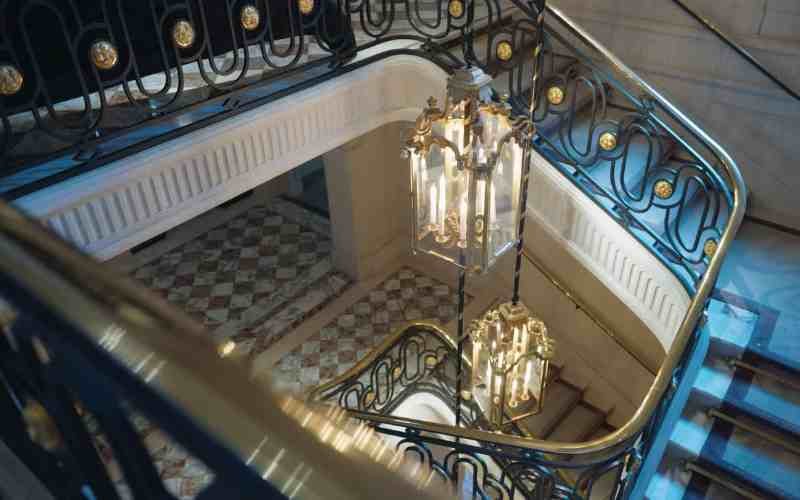
Understanding Heritage Overlay Restraints in Melbourne
Before you touch any wood treads, you need to know what the councils in Melbourne want when you change heritage homes.
Heritage overlays are rules that planners use to protect buildings and places that are important for their history or architecture. They can tell you:
- What kinds of things can be used
- Changes to the design that are okay
- Requirements for keeping things vs. replacing them
When it comes to stairs, this usually means that any changes must be as close as possible to the original style, size, and materials. Even small changes, like replacing wood spindles with metal ones, may need to be approved by the council.
Before you start planning your staircase project, ask your local council for a copy of your property’s heritage overlay report. This will save you time, keep you from getting fined, and make sure your design meets the rules.
Preserve or Replace: Making the Right Choice
Why Preserve?
Keeping your staircase in good shape keeps the original craftsmanship and character of the home. When preservation is best:
- The stairs are safe to use.
- You can save wood or ironwork.
- You care about being real and getting the history right.
How to preserve effectively:
- Check the structural integrity by hiring experienced stair builders in Melbourne to look at the treads, stringers, and supports.
- Clean and fix up materials by sanding, refinishing, or fixing small damage to wood.
- Replace only the parts that are beyond repair, such as spindles or treads. It’s best to use staircase makers who are familiar with heritage replication.
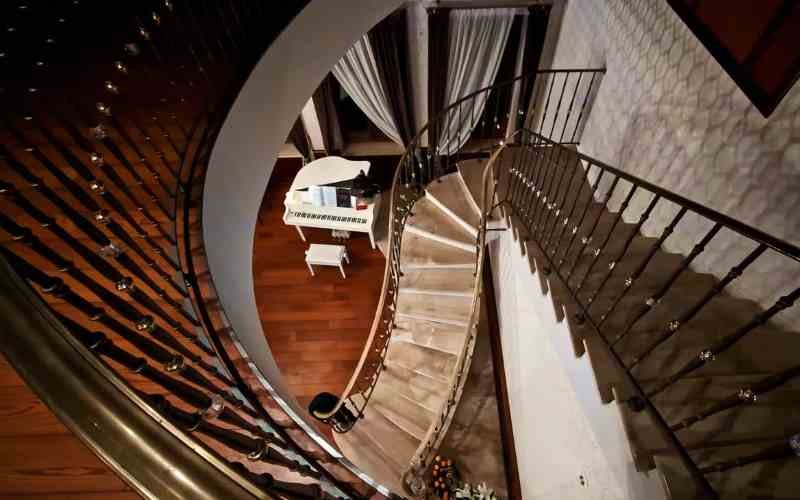
When Replacement Makes Sense
Sometimes, it’s safer or more practical to replace something. If you need to replace the stairs,
- There is a lot of rot or termite damage.
- The building doesn’t meet current safety standards.
- The stairs are too narrow or steep to be safe.
Actionable tip: You can still match the original craftsmanship when you replace it. Work with designers and balustrading specialists in Melbourne to replicate mouldings, spindles, and finishes. Many stair builders in Melbourne offer custom solutions that respect the style of the time while also making sure they meet safety standards.
Choosing Suitable Materials
Choosing the right materials is very important for both preservation and replacement. This is what works best for old homes in Melbourne:
- Timber: Great for classic-style homes. Victorian ash, oak, and Tasmanian oak are some of the most common types. Timber lasts a long time, can be refinished several times, and looks like the original heritage style.
- Cast Iron: Used in balustrades and decorative elements. Works best for stairs on the outside or rooms with a period style.
- Glass & Steel: These can be added in a way that doesn’t change the historic style, especially for treads, landings, or protective balustrading, while still meeting safety standards.
Pro tip: Always check your material choices against the guidelines for heritage overlays. Melbourne councils may require proof that materials replicate the original look, texture, and style.
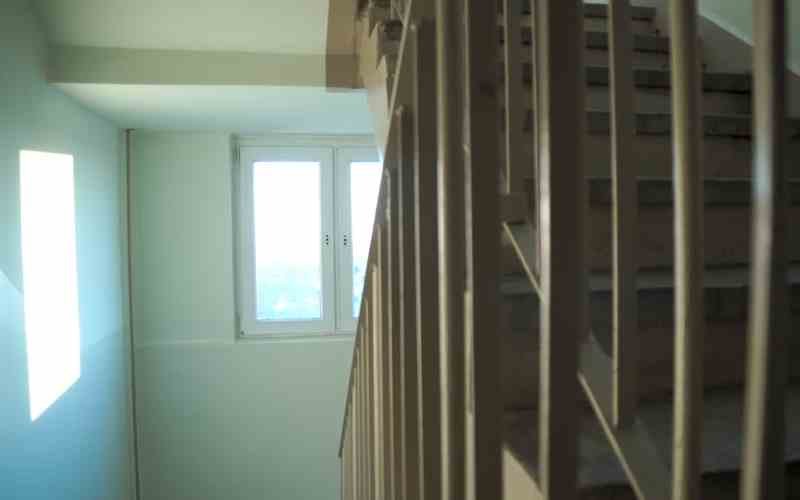
Safety and Modern Compliance
Heritage staircases must not only look beautiful, they need to be safe. Melbourne’s modern building codes say:
- The highest riser heights and the lowest tread depths
- Heights of handrails
- Surfaces that don’t slip, especially for wooden or outside steps
If you don’t meet these requirements, you could face penalties for not following the rules and a higher risk of accidents. Stair builders in Melbourne who have worked on heritage projects know how to add modern safety features without ruining the historical look.
Working with Experts: A Collaborative Approach
It is hard to fix or replace an old staircase. Successful projects often involve:
- Heritage consultants make sure that overlays and preservation standards are followed.
- Architects or interior designers can help you find a balance between how things look and how well they work.
- Stair builders with a lot of experience, especially those who work on historic homes
Stairworx, one of the best staircase manufacturers in Melbourne, offers full-service restoration and custom staircase design. They can help you choose the right materials, balustrading, and period-accurate details to make sure your project honours the home’s history while also meeting modern needs.
Costs: Preservation vs Replacement
Always think about how to budget. Costs vary, but here’s a rough guide for heritage homes in Melbourne:
| Project Type | Approximate Cost (AUD) |
| Minor preservation / restoration | $2,500 – $6,000 |
| Major restoration (timber refinishing, partial replacement) | $6,000 – $15,000 |
| Full staircase replacement with heritage replication | $12,000 – $30,000+ |
Actionable tip: Always ask more than one stair builder in Melbourne for a quote, especially if they have worked on heritage projects before. Prices can be very different depending on the materials used, the quality of the work, and the rules set by the council.
Balustrading: The Crown Jewel of Heritage Staircases
Not only do balustrades keep people safe, but they also give the stairs their own style. For historic homes:
- For Victorian and Edwardian homes, turned wood spindles are common.
- Cast iron adds decorative details to homes from the early 20th century.
- Modern materials like tempered glass and steel can add to the look of heritage buildings in a subtle way.
If you hire professionals in Melbourne who specialise in balustrading, you can be sure that your handrails, spindles, and newel posts will look like they did in the past and follow modern building codes.
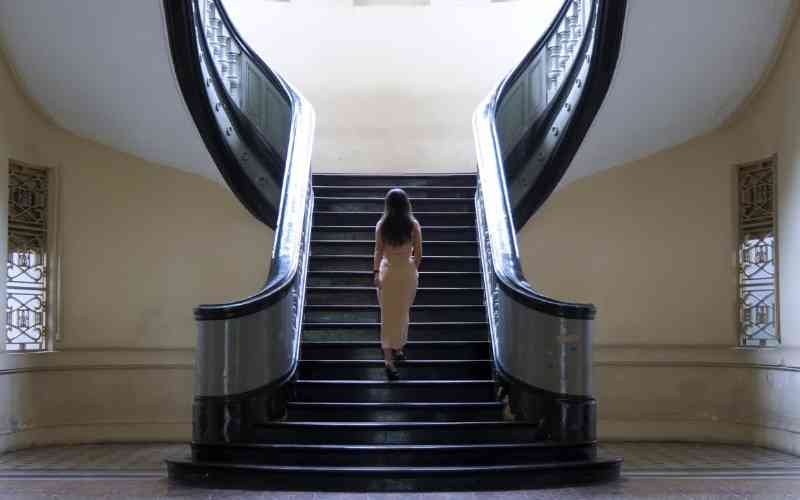
Maintaining Your Heritage Staircase
The staircase will always look great if it is kept up after being preserved or replaced:
- Check wood often for signs of rot or bugs.
- To keep balustrades from getting worse, clean and polish them.
- Stay away from strong chemicals that can ruin finishes.
- Use non-slip treatments to make things safer, especially on stairs outside.
Taking care of the stairs properly will make them last longer and keep the value of your home.
Key Takeaways
- Heritage staircases are an important part of Melbourne’s historic homes, so they should be handled with care.
- Understand heritage overlay restraints and council expectations before starting any project.
- Preservation is ideal when the original structure is sound; replacement is sometimes necessary for safety or structural integrity.
- Use suitable materials that match period aesthetics while meeting modern safety standards.
- Regular care will keep your heritage staircase looking great for many years.
A heritage staircase isn’t just a useful feature, it’s also a beautiful piece of architecture that honours Melbourne’s architectural history. The keys to success are careful planning, working with experts, and paying attention to the details, whether you want to keep something or replace it.


